Covid-19, lockdowns, and a crippling economy have gotten us all stressed out. Although the new normal is here and now, adjusting to norms in a world besieged by a pandemic is not easy. It requires a reboot of sorts; a readjustment of habits and rituals. To help ease our way into things better amidst the chaos, we can count on mindfulness meditation exercises.
Practising mindfulness is not a privilege limited to expensive beach retreats. There are many ways for you to incorporate stillness into your day-to-day life. Here’s how!
Before We Go On, What Exactly Is Mindfulness?
At its core, mindfulness is defined as being fully present and being aware of our surroundings. It also means paying attention to what we’re doing and not being overwhelmed by external and/or internal stimuli. Furthermore, practising mindfulness probes us to accept our thoughts and feelings without judging them. As mindfulness is intentional, you have to put in time and effort for it to bear fruit.
Use These Mindfulness Meditation Exercises To Have Less Stress And Clearer Thoughts
Set A Good Morning Routine

A morning routine helps set the course for the rest of your day. It’s also the small pocket of alone time you get before work or life comes into play, which is why waking up early is important. Thus, resist the temptation to look at your phone immediately after getting out of bed! This can cloud your mind and have you frazzled in no time. Instead, spend a few minutes wandering in your thoughts and choose to wake up with a sense of purpose.
If you prefer a less sedentary mindfulness meditation exercise, go for a short walk around the neighbourhood—without your phone—and bask in the surroundings as the sun glazes your skin. Pay attention to the sounds and sensations. What can you hear? How do your feet feel on the ground? Checking in with yourself in this way may seem silly at first, but this practice will teach you to be more present. Which will pay off in the long run.
Write Your Thoughts Down
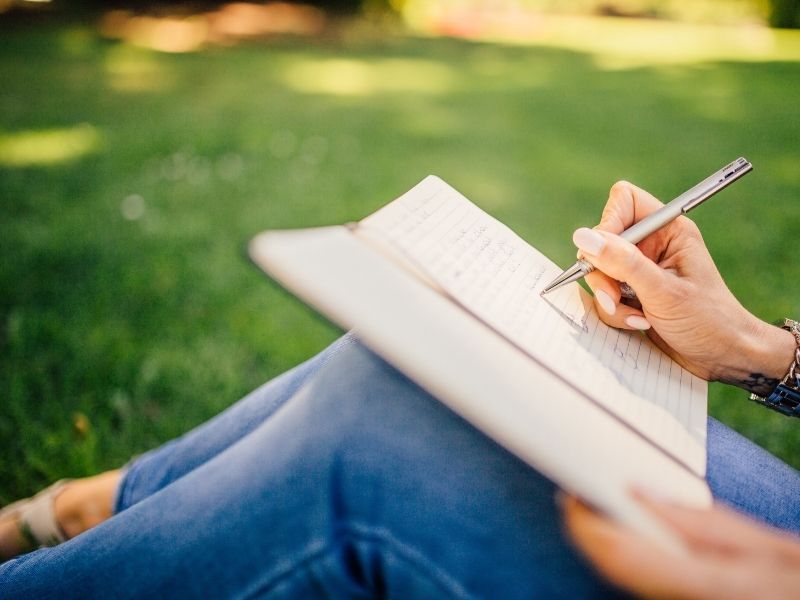
Research has proven time and again that writing is therapeutic. Not just mindless writing, though. But writing as a mindfulness meditation exercise. By manifesting your thoughts and feelings in the written word, your mind goes through catharsis, urging you to address any outstanding thoughts on paper. So, buy yourself a journal and some pens to just write away. No judgement, no restrictions. Don’t worry about being grammatically correct or even making sense because these are your thoughts after all, and who’s to say anything about them?
Besides, the habit of writing things down is tremendously helpful to stay productive and on-task. Whether it’s following work deadlines or keeping track of your expenses, you’ll stay on top of whatever life throws at you.
Focus On Your Breathing
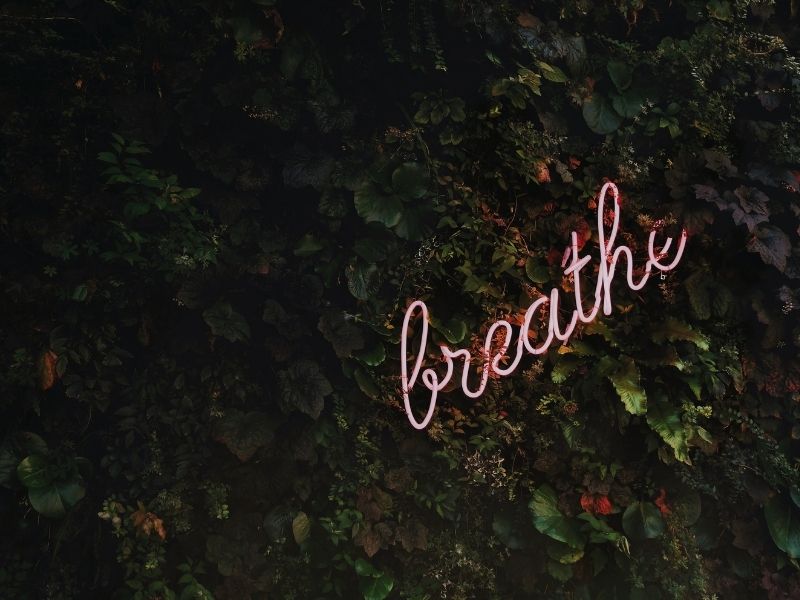
Focused breathing is at the heart of many mindfulness meditation practices because it anchors us in the present moment. Breathing is something our body automatically does because, without it, we die. Unfortunately, we rarely pay attention to it. But we should because it’s a proven way to build resilience to stress, anxiety, and anger.
A simple way to do mindful breathing is to shift your attention to your breath; inhale and exhale. You can do this during your morning commute or at your work desk, but preferably in a position where you’re most comfortable. Then, set a timer using a clock or phone for your desired amount of time, or without a timeframe, if you choose. Once you’re done, notice how you feel. Do you feel relaxed? Are you more focused? If yes, good! If not, not to worry. Mindful breathing only gets easier with practice.
Take A Break From Screens
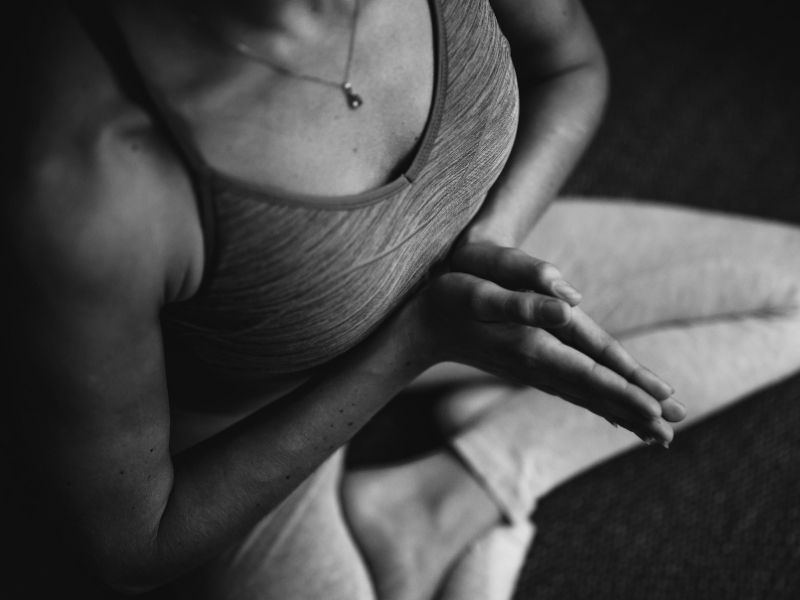
The implications of technology on our mental health are well known. From the fear of missing out (FOMO) social media phenomenon to the “always-on” culture exacerbated by emails and instant messaging apps, it’s no wonder we glue to our devices every chance we get! By channelling our attention to these external stressors, however, we neglect the present by preoccupying our thoughts with to-do lists. Off-screen breaks help us reset our focus as we eliminate a major deterrent to mindfulness: laptops and smartphones.
So, what can you do during these breaks? There are many options. You can take a walk, do some quick yoga stretches, or people-watch. The point of these exercises is for you to layer mindfulness into your daily routines. No matter how busy you are, find pockets of time to step away from your desk. Your mind (and your eyes) will thank you!
Eat Without Distractions

We’re all guilty of scrolling through our phones while eating. Not a courteous thing to do, especially if you’re on a lunch appointment—or worse, a dinner date with your significant other. And science has revealed that phone usage during meal times is not only rude, but it also makes you unhappy. Think about it. When you’re replying to an email and eating at the same time, your focus is likely on said email, right? This means you aren’t paying attention to what you’re eating and how your meal tastes.
That shouldn’t be the case! Food centres around enjoyment and satisfaction, especially if it’s a meal you spent hours making. Hence, turn your phone on silent and leave it away from the dining table. To practise mindfulness during meals, just take a minute to observe what’s in front of you; take in the smell, the textures, and the colours of the dish. Then, dig in! Your food will taste better. Trust us.
End Your Day With Gratitude
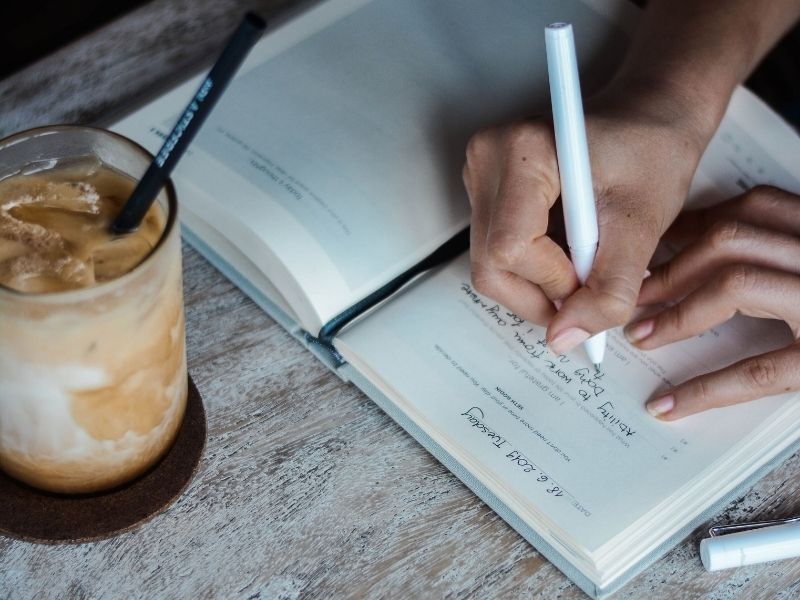
This mindfulness meditation exercise is easy. At the end of the day, write down five things you’re grateful for. Don’t sweat it if you can’t list down five, any number works as long as you write something down. At the end of the week, revisit and reflect on the list. You can share it with a close friend or loved one if you choose. As weeks go by, you’ll be surprised that the list is growing longer.
There are many reasons why gratitude is often brought up when talking about mindfulness. Gratitude unshackles us from toxic emotions, from envy and resentment to frustration and regret. It even helps you sleep better. Just remember that you can be grateful for anything. There’s no barometer to measure gratitude. You can be grateful for your colleague who bought you coffee or your sibling for cooking your favourite pasta dish. No right or wrong answers. It’s all you!
Mindfulness Meditation Is For Everyone
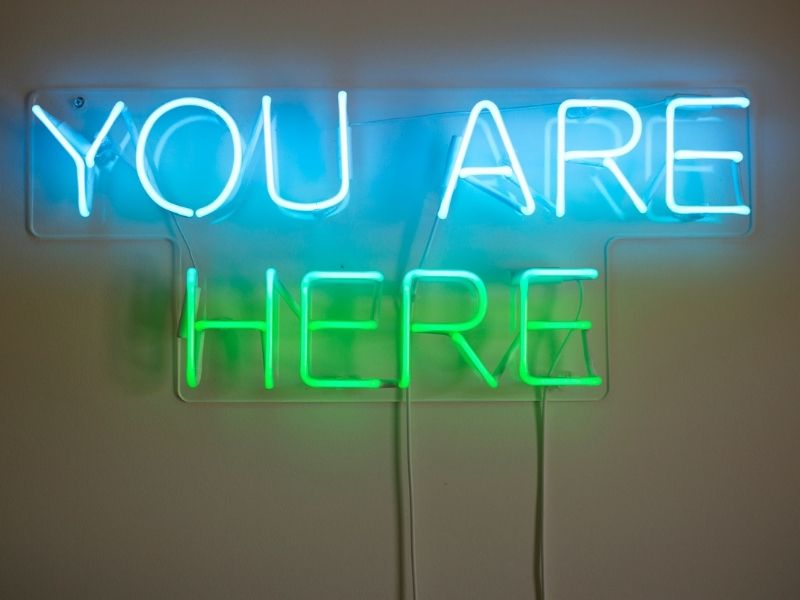
Meditation doesn’t mean you have to sit in silence for hours at a time in a secluded location. Not everyone has the time and luxury to do that. Mindfulness meditation can take the form of other exercises, as long as the aim is to pivot your focus to the present moment. Cultivating mindfulness is a long-term commitment, so don’t worry if you don’t see the benefits just yet. Be patient and keep at it.
Perhaps you have a deeper issue at hand; one that requires you to let go of the past so you can move on with your life. It’s not easy, but we hope to help. Here’s what you can consider doing to forgo the baggage of yesterday.

